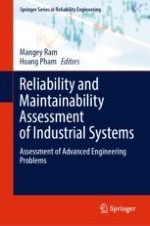This book covers advanced reliability and maintainability knowledge as applied to recent engineering problems. It highlights research in the fields of reliability measures of binary and complex engineering systems, cost analysis, simulations, optimizations, risk factors, and sensitivity analysis. The book scrutinizes various advanced tools and techniques, methodology, and concepts to solve the various engineering problems related to reliability and maintainability of the industrial system at minimum cost and maximum profit. It consists of 15 chapters and offers a platform to researchers, academicians, professionals and scientists to enhance their knowledge and understanding the concept of reliability in engineering.
